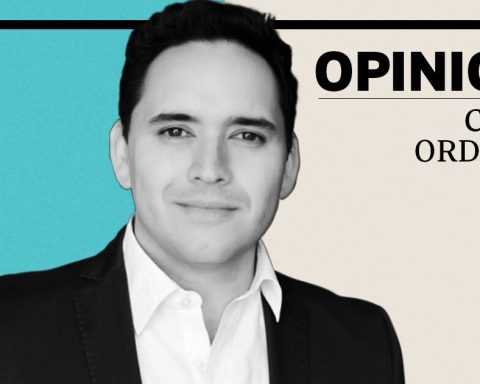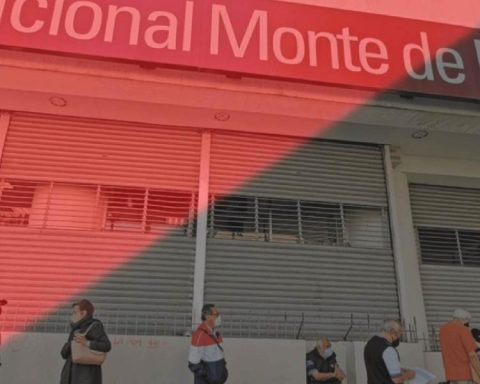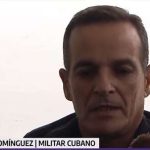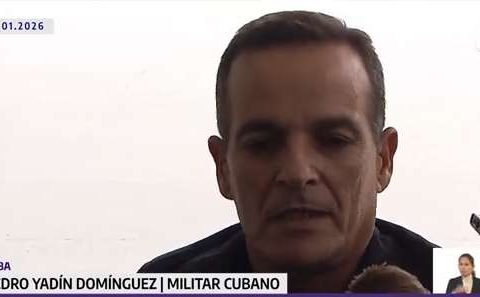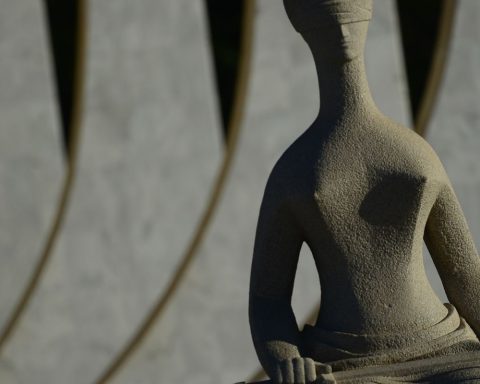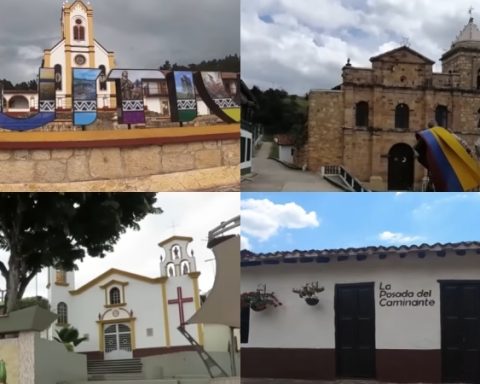L
the six-year logic The Mexican press conference, the renewal of powers, usually generates rivers of ink. Some are books, others are brief writings. Even though the moment is difficult, the examination of the situation of the armed forces has had little presence in the avalanche, the interest at most has been in the absence of the appointment of the next Secretary of National Defense.
A resounding and significant bell is expected to ring around the memorable 13th of September. The president-elect has kept the nomination for a big reason: a great secretary is needed, but more important is the project to renew the armed forces, the four views taken together.
I do not know the possible generals. I call attention to article 1 of the Organic Law of the Mexican Army and Air Force, which requires the president to adhere to requirements to appoint him, when the constitution in article 89 grants freely name
to members of his government.
There is reason to believe that there are clear similarities between the generals, since they have had 50 years of parallel careers, so the difference lies in their personalities. That is a serious question.
Faced with this challenge, defining what model should be given to the armed forces of tomorrow is an enormous challenge today. It is not a name change, it is a challenging conceptual recomposition. A task of national interest, involving multiple disciplines with a desirable situation: the discussion should be opened within the armed forces.
First, it would imply constitutional reforms that would give them a definition. Today, the charter determines what they are limited to in the still-current article 132, and article 21 excludes them. They do not have the constitutional hierarchy that article 102 gives to the Attorney General’s Office or the National Human Rights Commission. A country without a constitutional basis for its armed forces is not reasonable.
They must rethink their political, legal, organic and administrative universes and, thus, answer the overlooked question that would be the beginning of a basic discussion: what model of armed forces does the country need?
Answering does not correspond to an authoritarian outburst, it forces us to consider such fundamental issues as studying the doctrine, reviewing –if it exists– the military policy and only then going to the organic part: the short-sighted vision with which everything is usually argued today.
The issue is of such scope that it requires the creation of a legislative programme for the armed forces that gradually takes into account the various electoral periods required. Only by covering stages could it be defined for what purpose, how and what characteristics they would be.
The first challenge is that it should be the model most compatible with the definition of security policy consistent with the historical moment of the country, that is, its risks and threats to peace, in which violence stands out. From this acceptance would be derived the powers, limitations, organization, operation, resources and control to be provided to the troops of tomorrow. Thus, alternative models of armed forces would emerge, although it is important to say that none is strictly unique, each takes on the characteristics of another.
A common model that is generally adopted by medium and high-development countries can be the basis for discussion. These countries have opted for a civil secretariat, three armed forces and, in some cases, the civil law enforcement force, whether it is the guard, gendarmerie or carabinieri. Once again, the emergency of public order emerges as a determining factor.
They make a distinction that is absent from public study in Mexico: distinguishing between the concept of the State Secretariat and the armed forces. The former, the Secretariat, is a political-administrative body of the Executive Branch responsible for conducting national security policy under presidential directives.
Secondly, the armed forces, which are the military elements of an operational nature that act under the direction of the secretariat. Their main mission is external and internal security and contributing to social peace.
It is worth considering an atypical innovative model, the future nature of which would only be known to senior officials. A single secretariat? Something unorthodox? Perhaps it is part of a redistribution of responsibilities within the cabinet, a new approach to government.
The reform model, which modifies current institutions by assigning them new missions, cancelling some current ones and consequently adopting new modes of action.
This will lead to the renewal of its doctrine, theoretical, legal and material structure. (Army, Navy, Air Force and National Guard?) What new responsibilities will be added to them?
Any variable raised requires a firm political decision, the necessary legislative force and the conviction of the passive subject, the armed forces. That is why the project is so important.


